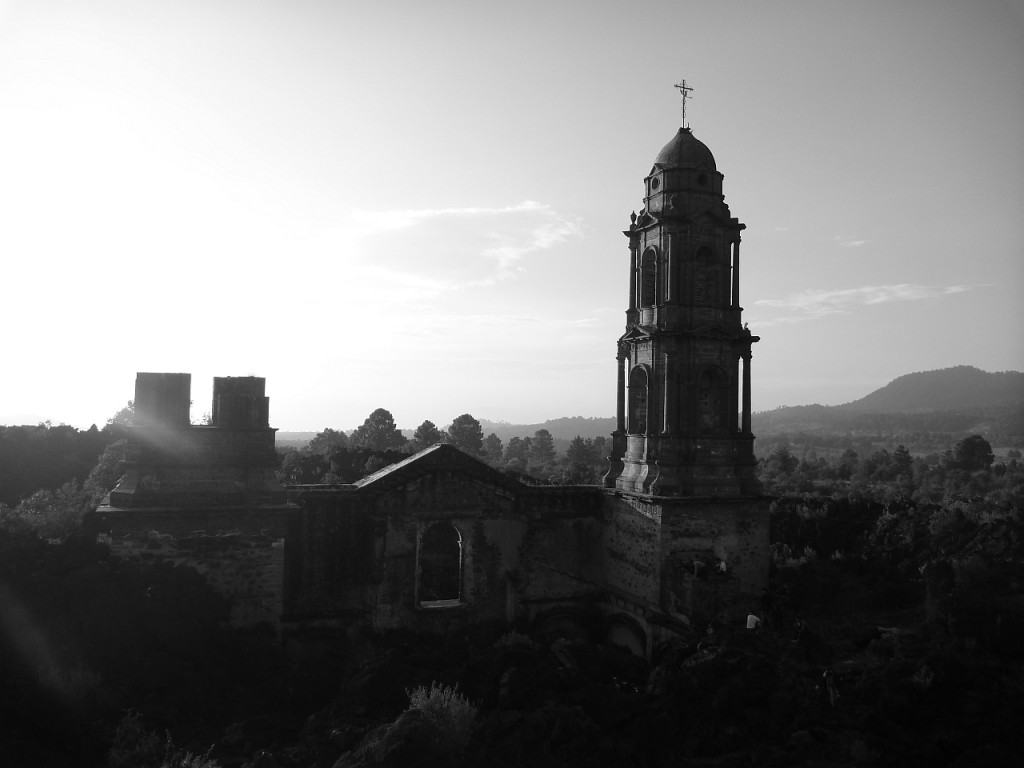It’s been a while since the last Friday links, so today’s list is rather long. Of course the Russian meteoroid-meteor-meteorite (yes, in this order!) was an absolutely amazing, though destructive phenomenon. The air blast was registered equivalent to an earthquake of magnitude 2.7. Read Livescience’s article here and read this text to get to know about meteors and seismograms in general.
Make your own impact (simulation)
If you always wanted to play around with the scenario of a significant impact on earth, here’s the perfect tool for you. Impact: Earth! allows you to customize object size, density, velocity, angle and even the geology of ground zero. Choose a distance large enough, lean back and see what happens.
Seismogram of the N Korean nuclear test
Another thing we don’t see on seismograms too often, luckily: North Korea’s third nuclear test.
Two more interesting videos on the Tōhoku M9.0 Earthquake
The first video shows the intense shaking that happened during the M9.0 Japan Tōhoku earthquake:
Click on the button to load the content from www.prochan.com.
The second video caught some amazing liquefaction occurring:
OBSIP – The Ocean Bottom Seismometer Instrument Pool
This network of ocean bottom seismometers has been deployed off Cascadia in order to investigate the Cascadian subduction zone, which might produce the next M9.0 earthquake. Very nice information.
Fault Analysis Group at University College Dublin
If you are interested in faults, especially in the small things related with faults, make sure to check the website of the Fault Analysis Group at the University College Dublin. Thx @livin2dmax for the hint (was it you?).
More convictions in the L’Aquila case
Four more people have been convicted in the case of the L’Aquila event. Three of them were found guilty to have carried out bad construction/restoration work, one more failed to check the buildings. They were sentenced to four years and two-and-a-half years, respectively, plus financial compensation for the loss of lives.
Make your own Geological Time Scale
I heard about this via Matt Hall: A program to make your own geological time scale. A very useful tool for preparing excursions, field trips etc. Highly recommended.
Two fascinating landslides
There have been two fascinating landslide events recently (at least, Dave Petley will tell you more for sure).
The first one occurred at highway US89 in Arizona and offset the road. Interestingly, it sits on a much larger, older slide. See the Arizona Geology Blog with three very good articles and also read these posts for more images.
The second one produced even greater images, because it nicely deformed a railway. Here, a colliery in Northern England was affected. The landslide blog has the images and the explanations.
Jacquelyn Gill on sexism in academia
The sexism debate is not restricted to Germany and the Twitter #aufschrei thing, as many Germans think, but it is also a hot topic in the scientific community. Read this very enlightening post by Jacquelyn Gill on sexism and the reactions on a scientific community’s mailing list.
Geologists to become shelf-stackers
It is very easy to cause an outcry in the geoscience community – just mix up Callovian and Chattian or misspell Changhsingian or hide the beer. Iain Duncan Smith tried a new way and spoke about geologists and shelf-stackers and the overall importance of the ones and the others. He caused something the Germans would call shitstorm on Twitter and in blogs.
The birth of Parícutin volcano
Don’t miss Dana Hunter’s essay on the birth of a monogenetic volcano, the Parícutin in Mexico, 70 years ago. Happy birthday, Parícutinito!
Click on the button to load the content from maps.google.de.
Größere Kartenansicht
The 60 most beautiful rock formations
This selection wasn’t made by geologists, but by photographers – the 60 most stunning and beautiful rock formations. Which ones did you already see and why? Which are missing, which are wrong?
Have a nice weekend!






No Comments
No comments yet.